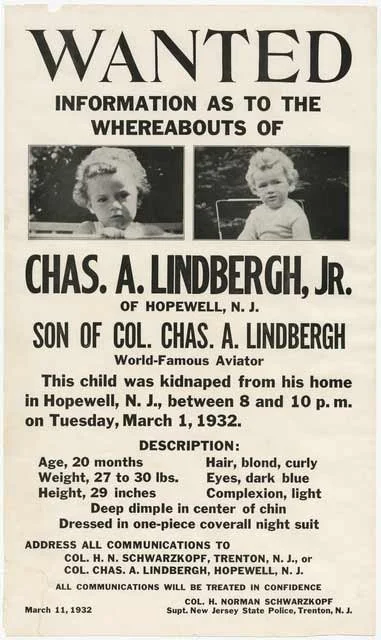Maryland Crime Victims' Resource Center: The Legacy of Stephanie Roper
Overlooked by shade trees, neighbored by the English department’s Dunkle Hall on one end and the Lewis J. Ort Library to the other, Frostburg State University’s Fine Arts building houses a well-used teaching gallery for student exhibitions. The gallery lends its name to the exterior of the building: the Roper Gallery, for Stephanie Ann Roper. Unlike former university president John Dunkle or local philanthropist Ort, Stephanie Roper didn’t have the chance to establish her name as a long-time fixture of the community, honored for a lifetime of contributions. Roper, a 22-year-old art student, was raped, mutilated, and murdered during a weekend break on the morning of April 3rd, 1982. She would have graduated the following month.
Roper had just dropped off a friend and planned to return to her family home in the Prince George’s County town of Croom when her car broke down, the Maryland Crime Victims’ Resource Center, Inc. (MCVRC) narrates. 26-year-old Jack Ronald Jones and 17-year-old Jerry Lee Beatty encountered Roper on the road and falsely offered her help. Instead, the men kidnapped her, driving her to an abandoned house near the Patuxent River in St. Mary’s County, states The Washington Post. Jones and Beatty raped her repeatedly and wounded her with a logging chain, and when she attempted to escape, the prosecutor C. Clarke Raley claimed, Roper killed her with a single headshot from a .22-calibre hunting rifle. The accomplices set her body on fire and severed her hands to inhibit identification, The Washington Post asserts, and dumped her in a stream where she was discovered by police on Easter weekend.
An archived release of The Washington Post dated to September 30th, 1982 marks Jones’ initial conviction date. Beatty testified against Jones in self-defense a month before his own separate trial—he had been reassured that he would avoid the death penalty if the court “convicted [Jones] of firing the fatal shot.” With Jones’ confirmed charges of kidnap, rape, and premeditated murder, The Washington Post states his eligibility for the gas chamber was left on the table till followup testimony on the 6th of October. Both Jones and Beatty pled guilty to the same charges, and both were served life sentences with eligibility for parole after 12 years. But this wasn’t the end of their legal repercussions. Pushback from the victim’s supporters at “[t]he perception that the initial sentences were overly lenient” resulted in Jones’ and Beatty’s minimum prison time before parole eligibility being doubled on May 20th, 1985 to 24 years, in concert with an additional life sentence for Jones and 20 more years for Beatty.
The length of the initial sentencing hadn’t been the only controversial factor. According to The Washington Post, due to the shocking publicity of the case, Jones had been tried in Baltimore County and Beatty in Anne Arundel with the judge’s intent to avoid a prejudiced defense in Roper’s Southern Maryland. Reprinted in The Eagle, a letter from the Stephanie Ann Roper Family Assistance Committee protested their perceived mistreatment during trial proceedings, as the defense claimed their members’ “silent and expressionless” presence in court unduly influenced the jury. Even beyond Jones’ and Beatty’s sentences, Roper’s supporters continued their fight—led by Stephanie’s parents Vince and Roberta, the volunteer assistance committee became first the Stephanie Roper Committee and Foundation, Inc., and in 2002, their office ascended to the statewide MCVRC non-profit.
To this day, the activists, attorneys, and donors of MCVRC pursue multijurisdictional victim advocacy and family support, push for firmer sentences for violent criminals, and volunteer for services from legal representation to assisting law enforcement with investigations. Their founder, Roberta Roper, has dedicated decades after her daughter’s murder to advocacy for justice in her name. It shaped her own recovery from the pain of Stephanie’s loss. In her words, stated on the MCVRC site, ”How could I not do this work if I hoped to survive?”






